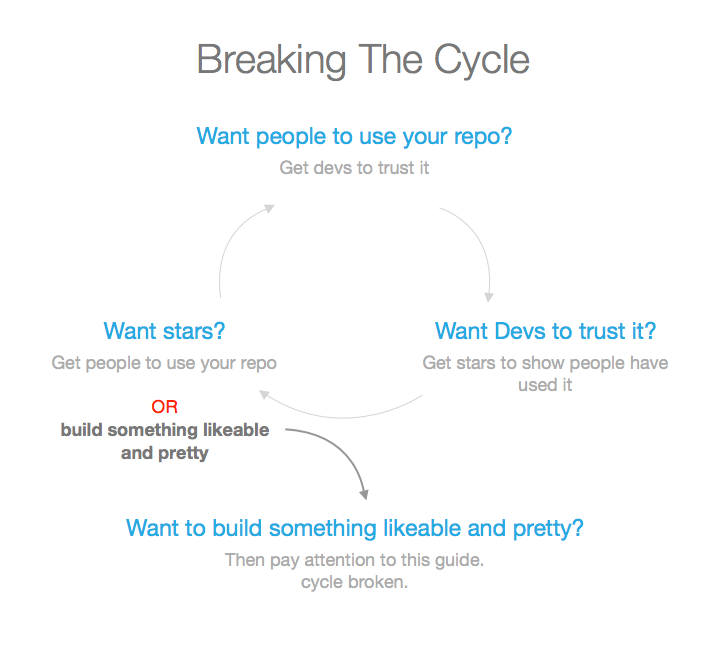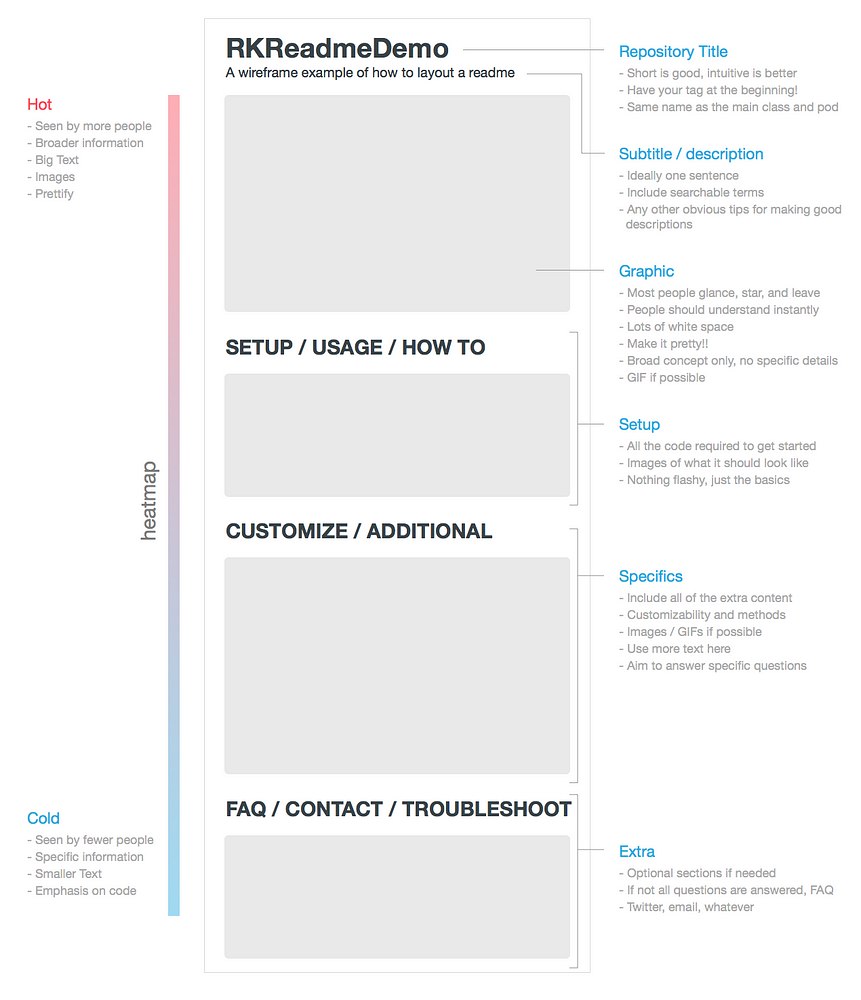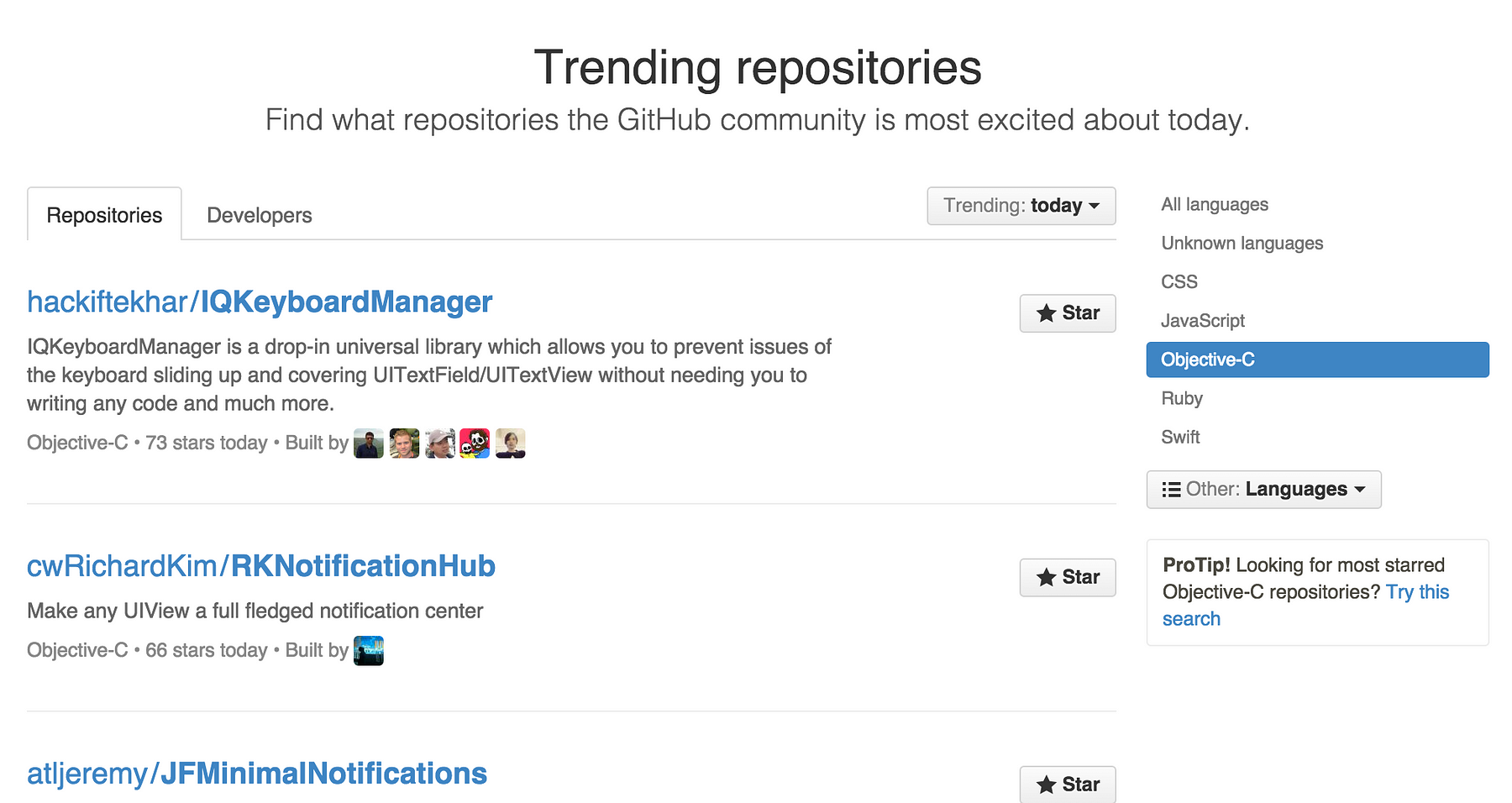###iOS多线程 - 杨志平
####简介
iOS有三种多线程编程的技术,分别是:
NSThread
Cocoa NSOperation
GCD (全称:Grand Central Dispatch)
这三种编程方式从上到下,抽象度层次是从低到高的,抽象度越高的使用越简单,也是Apple最推荐使用的
三种方式的介绍:
NSThread - 文档
优点:NSThread 比其他两个轻量级
缺点:需要自己管理线程的生命周期,线程同步。线程同步对数据的加锁会有一定的系统开销
NSOperation - 文档
优点:不需要关心线程管理,数据同步的事情,可以把精力放在自己需要执行的操作上。
创建NSOperation子类的对象,把对象添加到NSOperationQueue队列里执行。
GCD - 文档
Grand Central Dispatch (GCD)是Apple开发的一个多核编程的解决方法。在iOS4.0开始之后才能使用。GCD是一个替代诸如NSThread, NSOperationQueue, NSInvocationOperation等技术的很高效和强大的技术。
GCD的底层依然是用线程实现,不过这样可以让程序员不用关注实现的细节。
创建线程的开销 - 查看文档
| Item |
Approximate cost |
Notes |
| Kernel data structures |
Approximately 1 KB |
This memory is used to store the thread data structures and attributes, much of which is allocated as wired memory and therefore cannot be paged to disk. |
| Stack space |
512 KB (secondary threads) 8 MB (OS X main thread) 1 MB (iOS main thread) |
The minimum allowed stack size for secondary threads is 16 KB and the stack size must be a multiple of 4 KB. The space for this memory is set aside in your process space at thread creation time, but the actual pages associated with that memory are not created until they are needed. |
| Creation time |
Approximately 90 microseconds |
This value reflects the time between the initial call to create the thread and the time at which the thread’s entry point routine began executing. The figures were determined by analyzing the mean and median values generated during thread creation on an Intel-based iMac with a 2 GHz Core Duo processor and 1 GB of RAM running OS X v10.5. |
替代线程的一些技术
| Item |
Approximate cost |
| Operation objects |
Introduced in OS X v10.5, an operation object is a wrapper for a task that would normally be executed on a secondary thread. This wrapper hides the thread management aspects of performing the task, leaving you free to focus on the task itself. You typically use these objects in conjunction with an operation queue object, which actually manages the execution of the operation objects on one or more threads.For more information on how to use operation objects, see Concurrency Programming Guide. |
| Grand Central Dispatch (GCD) |
Introduced in Mac OS x v10.6, Grand Central Dispatch is another alternative to threads that lets you focus on the tasks you need to perform rather than on thread management. With GCD, you define the task you want to perform and add it to a work queue, which handles the scheduling of your task on an appropriate thread. Work queues take into account the number of available cores and the current load to execute your tasks more efficiently than you could do yourself using threads.For information on how to use GCD and work queues, see Concurrency Programming Guide |
| Idle-time notifications |
For tasks that are relatively short and very low priority, idle time notifications let you perform the task at a time when your application is not as busy. Cocoa provides support for idle-time notifications using the NSNotificationQueue object. To request an idle-time notification, post a notification to the default NSNotificationQueue object using the NSPostWhenIdle option. The queue delays the delivery of your notification object until the run loop becomes idle. For more information, see Notification Programming Topics. |
| Asynchronous functions |
The system interfaces include many asynchronous functions that provide automatic concurrency for you. These APIs may use system daemons and processes or create custom threads to perform their task and return the results to you. (The actual implementation is irrelevant because it is separated from your code.) As you design your application, look for functions that offer asynchronous behavior and consider using them instead of using the equivalent synchronous function on a custom thread |
| Timers |
You can use timers on your application’s main thread to perform periodic tasks that are too trivial to require a thread, but which still require servicing at regular intervals. For information on timers, see Timer Sources |
| Separate processes |
Although more heavyweight than threads, creating a separate process might be useful in cases where the task is only tangentially related to your application. You might use a process if a task requires a significant amount of memory or must be executed using root privileges. For example, you might use a 64-bit server process to compute a large data set while your 32-bit application displays the results to the user |
线程安全 - 文档
原则
- Immutable objects are generally thread-safe. Once you create them, you can safely pass these objects to and from threads. On the other hand, mutable objects are generally not thread-safe. To use mutable objects in a threaded application, the application must synchronize appropriately.
- Many objects deemed “thread-unsafe” are only unsafe to use from multiple threads. Many of these objects can be used from any thread as long as it is only one thread at a time. Objects that are specifically restricted to the main thread of an application are called out as such
- The main thread of the application is responsible for handling events. Although the Application Kit continues to work if other threads are involved in the event path, operations can occur out of sequence
- If you want to use a thread to draw to a view, bracket all drawing code between the lockFocusIfCanDraw and unlockFocus methods of NSView
Thread-Safe Classes and Functions
The following classes and functions are generally considered to be thread-safe. You can use the same instance from multiple threads without first acquiring a lock.
NSArray
NSAssertionHandler
NSAttributedString
NSCalendarDate
NSCharacterSet
NSConditionLock
NSConnection
NSData
NSDate
NSDecimal functions
NSDecimalNumber
NSDecimalNumberHandler
NSDeserializer
NSDictionary
NSDistantObject
NSDistributedLock
NSDistributedNotificationCenter
NSException
NSFileManager (in OS X v10.5 and later)
NSHost
NSLock
NSLog/NSLogv
NSMethodSignature
NSNotification
NSNotificationCenter
NSNumber
NSObject
NSPortCoder
NSPortMessage
NSPortNameServer
NSProtocolChecker
NSProxy
NSRecursiveLock
NSSet
NSString
NSThread
NSTimer
NSTimeZone
NSUserDefaults
NSValue
Thread-Unsafe Classes
The following classes and functions are generally not thread-safe. In most cases, you can use these classes from any thread as long as you use them from only one thread at a time.
NSArchiver
NSAutoreleasePool
NSBundle
NSCalendar
NSCoder
NSCountedSet
NSDateFormatter
NSEnumerator
NSFileHandle
NSFormatter
NSHashTable functions
NSInvocation
NSJavaSetup functions
NSMapTable functions
NSMutableArray
NSMutableAttributedString
NSMutableCharacterSet
NSMutableData
NSMutableDictionary
NSMutableSet
NSMutableString
NSNotificationQueue
NSNumberFormatter
NSPipe
NSPort
NSProcessInfo
NSRunLoop
NSScanner
NSSerializer
NSTask
NSUnarchiver
NSUndoManager
#####Main Thread Only Classes
The following class must be used only from the main thread of an application.
NSAppleScript

















